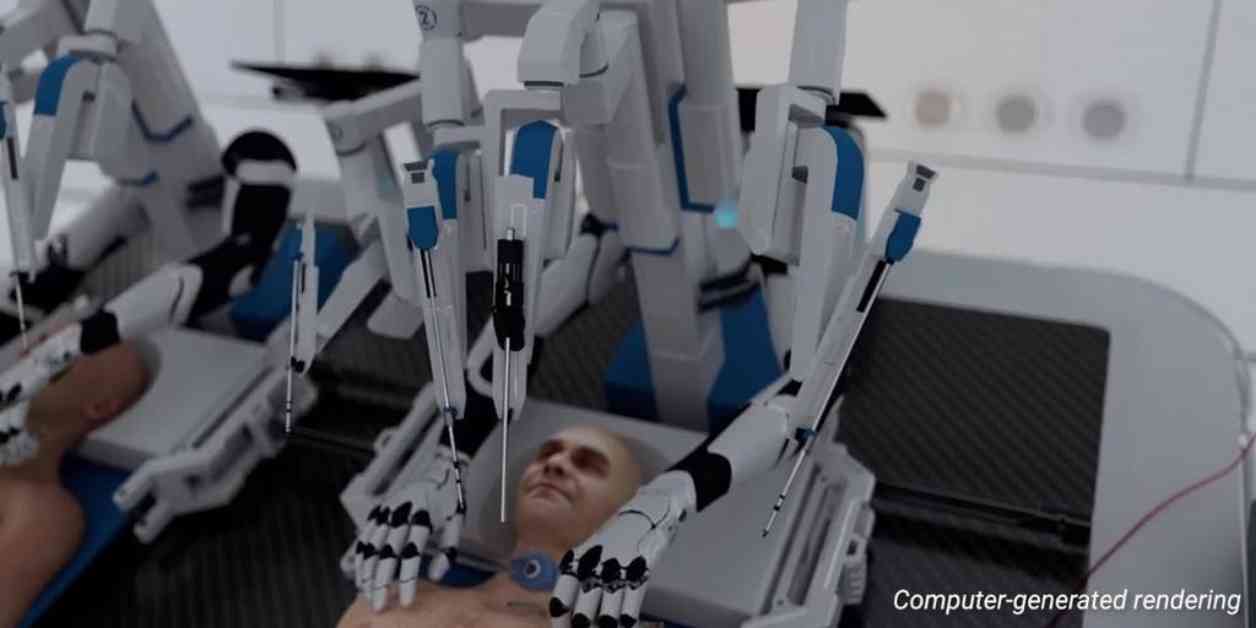Robotic head-swapping surgery has been a hot topic on the internet lately, thanks to a viral video showcasing a machine called BrainBridge. This machine, which is not real and was created by a science communicator and film director named Hashem Al-Ghaili, shows robotic arms removing a person’s head and attaching it to a new body. The purpose of this concept is to provide individuals with severe disabilities a chance at a better life by using artificial intelligence algorithms to guide the surgical process.
While the video might seem like something out of a science fiction movie, it has sparked a debate about the ethics and practicality of such a procedure. Some proponents of radical life extension see head transplantation as a way to achieve longevity by transferring their head onto a younger, healthier body. However, this idea raises ethical questions about the source of donor bodies and the allocation of resources.
Despite the negative public reaction to the BrainBridge video, with many calling it “disgusting” and “immoral,” Al-Ghaili has received interest from potential investors and individuals looking for solutions to health challenges. The video has pushed the boundaries of what is considered possible and has prompted discussions about the ethical implications of advancing science and technology in the pursuit of longevity.
As the debate continues, it is essential to consider the practical and ethical implications of head transplantation as a means of achieving radical life extension. The concept challenges our understanding of medical ethics and the limits of science and technology. Would you be willing to undergo such a procedure if it were technically feasible? Share your thoughts and opinions on this controversial topic.



